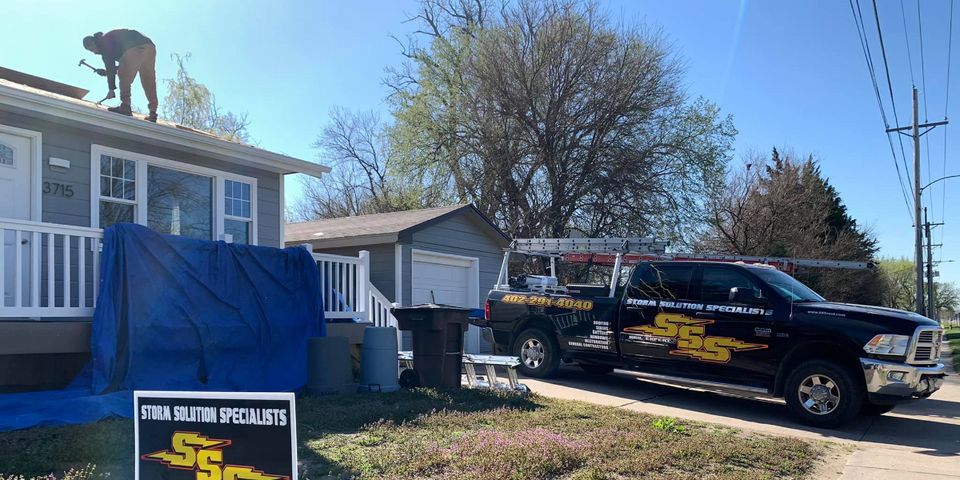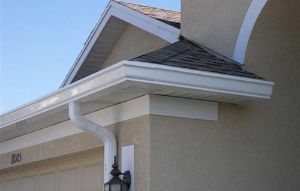
During a hail storm, more than your vehicles are potentially vulnerable. These ice pellets can hurt the roof of your home, as well as other personal property. The following guide looks at what factors influence the degree of destruction this kind of inclement weather causes and how to identify hail damage to different types of roofing materials.
What Increases the Risk of Hail Damage to Roofing?
Wind
During a hailstorm, wind direction and wind speed can vary. Changes in wind conditions can affect the location and severity of hail impacts.
Size & Density
The size of the hailstones can affect the degree of damage, if any, to your property. A hailstone can be as small as a pea or as large as a softball. Most hailstones do not have smooth edges, which can create harsher impacts.
Building Materials

Different materials absorb hail impacts differently. For example, hail can cause dings in aluminum siding, gutters, or asphalt shingles, whereas it can crack vinyl siding or wood shakes. Softball-sized hailstones can be dense enough to puncture a roof. Additionally, the age and condition of this surface could affect the degree of damage.
Barriers
The position of neighboring structures and natural barriers, like tree cover, landscaping, fences, or adjacent homes can protect against hail.
What Does Hail Damage to Your Roof Look Like?
Hail damage to asphalt and composition shingles can look very different from that of wood shingles. With the first two options, look out for:
- Random damage with no discernable pattern.
- Black hail hits.
For wood, pay attention to:
- Loss of granules, which may expose the roof felt.
- Asphalt or mat that appears shiny.
- Hail hits that are soft to the touch, like the bruise on an apple.
- Random damage with no discernable pattern.
- A split in the shingle that is brownish-orange.
- A split in the shingle that has sharp corners and edges.
- A split in the shingle that has little to no deterioration at the edges.
- Impact marks or dents alongside the splits.
Other shingle issues can also be mistaken for hail damage. Exposure to inclement weather and sunlight makes shingles brittle, so they look aged. Normal wear and tear can lead to blistering, cracking, granule loss, flaking, and algae growth. Lastly, manufacturing defects and mechanical imperfections in shingles can look like they are from hail.
If you suspect your home has hail damage, get a roof inspection so that contractors can identify and replace weak shingles. Especially with fall approaching, pests and moisture will take advantage of vulnerabilities to get into your house. The team at Storm Solution Specialists is here to help prevent that. Based out of Bellevue, NE, they have experience dealing with the aftermath of Midwest storms. To learn more about their offerings, visit the website. Call (402) 291-4040 to schedule an appointment.
About the Business
Have a question? Ask the experts!
Send your question

